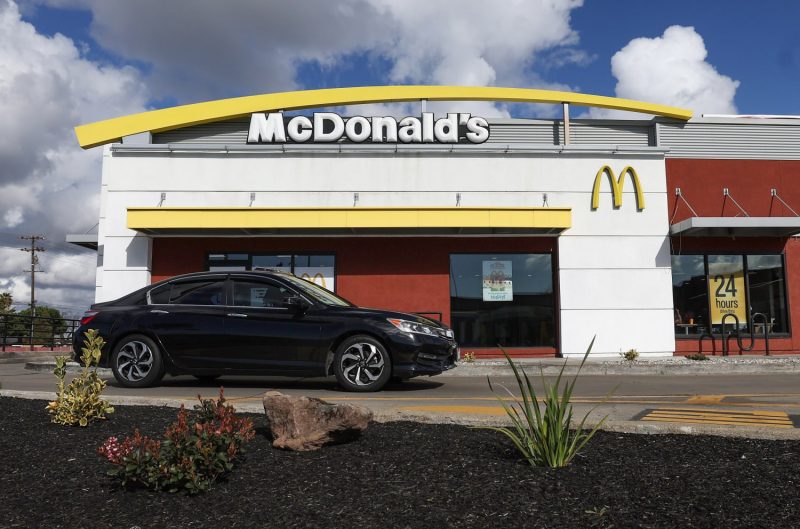The recent increase in prices at McDonald’s has been a hot topic among fast-food enthusiasts and economic observers alike. While some customers have readily accepted the higher costs as part of the inflationary trend affecting many sectors, others have begun to explore alternative dining options due to the perceived value proposition at McDonald’s diminishing in their eyes.
One significant factor contributing to the rising prices at McDonald’s is the increase in food costs and supply chain disruptions. The cost of key ingredients such as beef, chicken, and potatoes has been on the rise, driven by a variety of factors including inflation, labor shortages, and weather-related issues affecting crop yields. As a result, McDonald’s, like many other food service providers, has had to adjust its pricing to offset these higher costs.
Another factor influencing the pricing strategy at McDonald’s is the company’s focus on enhancing the quality of its food offerings. In recent years, McDonald’s has made efforts to improve the quality of its ingredients, source more sustainable products, and expand its menu to cater to changing consumer preferences. These enhancements have come at a cost, and some of those costs are being passed on to the consumer in the form of higher prices.
While McDonald’s loyalists may be willing to pay a premium for the convenience and familiarity of the chain’s offerings, others are starting to look for alternatives that offer better value for money. This shift in consumer behavior is reflected in the growing popularity of fast-casual chains and local eateries that offer fresh, customizable options at competitive prices.
Moreover, the rise of food delivery services and meal kit subscriptions has provided consumers with more choices than ever before, further intensifying the competition for diners’ dollars. In this increasingly crowded marketplace, McDonald’s is facing pressure to justify its prices and prove its continued relevance to a discerning customer base.
To address these challenges, McDonald’s will need to carefully balance its pricing strategy with its efforts to maintain quality, innovation, and customer satisfaction. By leveraging its scale, brand recognition, and operational efficiencies, McDonald’s can continue to attract and retain customers who value its convenience, consistency, and iconic menu offerings.
In conclusion, the rising prices at McDonald’s reflect a complex interplay of economic factors, consumer preferences, and competitive dynamics in the fast-food industry. While some diners may be willing to pay more for the perceived quality and convenience that McDonald’s offers, others are exploring alternative dining options that better align with their expectations for value and variety. Moving forward, McDonald’s will need to adapt its pricing strategy while staying true to its core values to remain a relevant and competitive player in the ever-evolving fast-food landscape.
